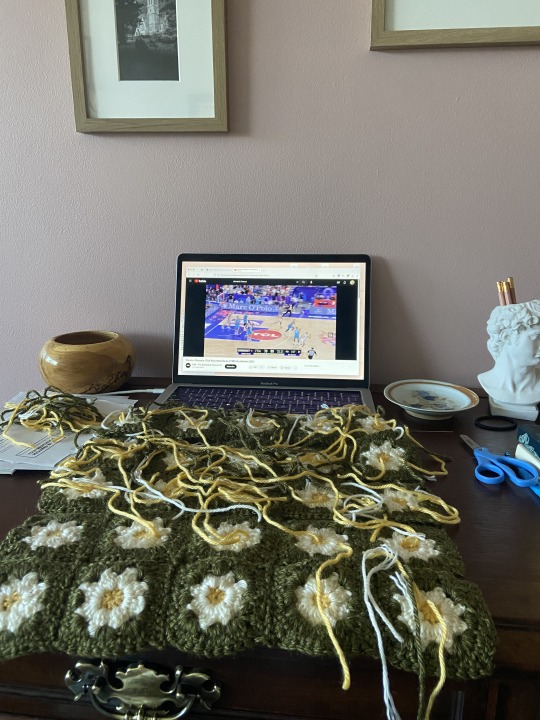Text
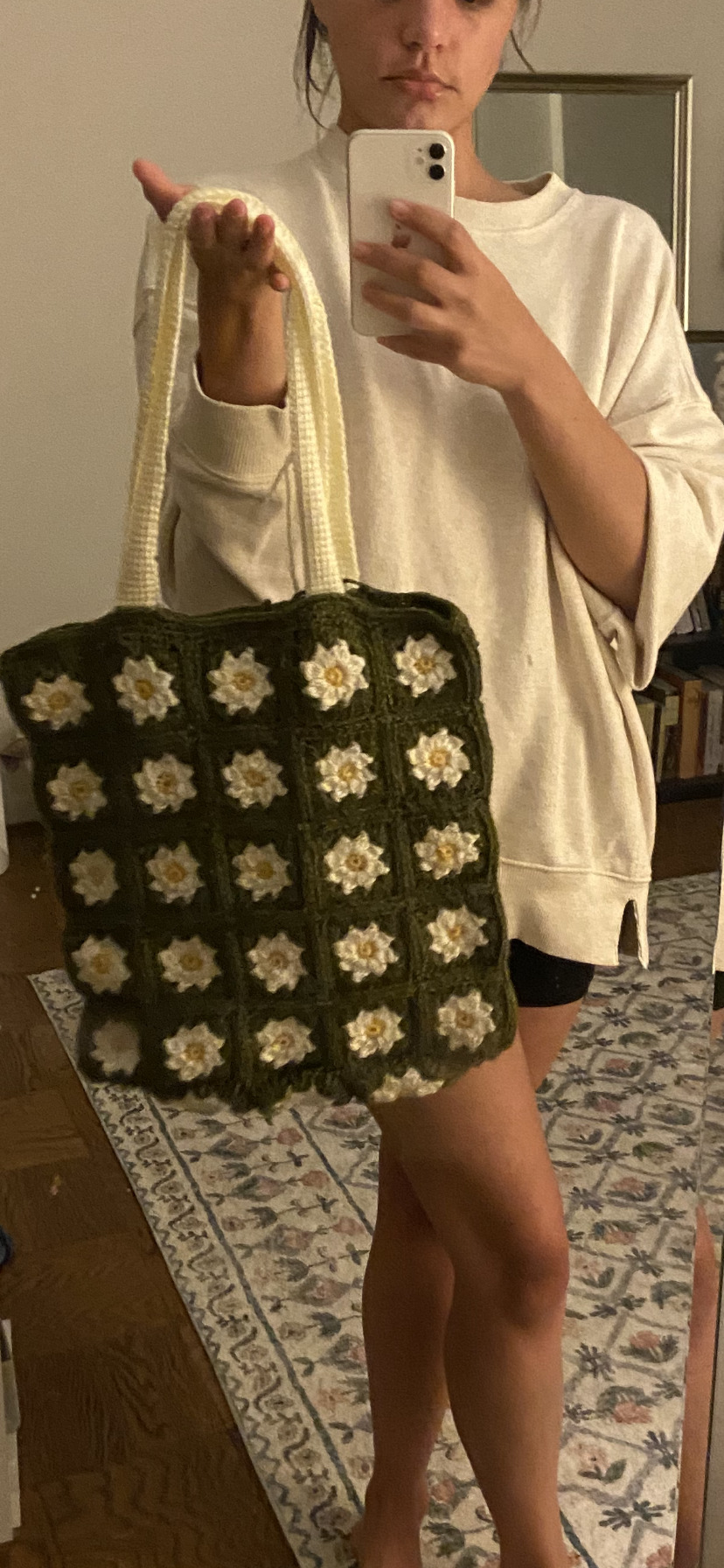
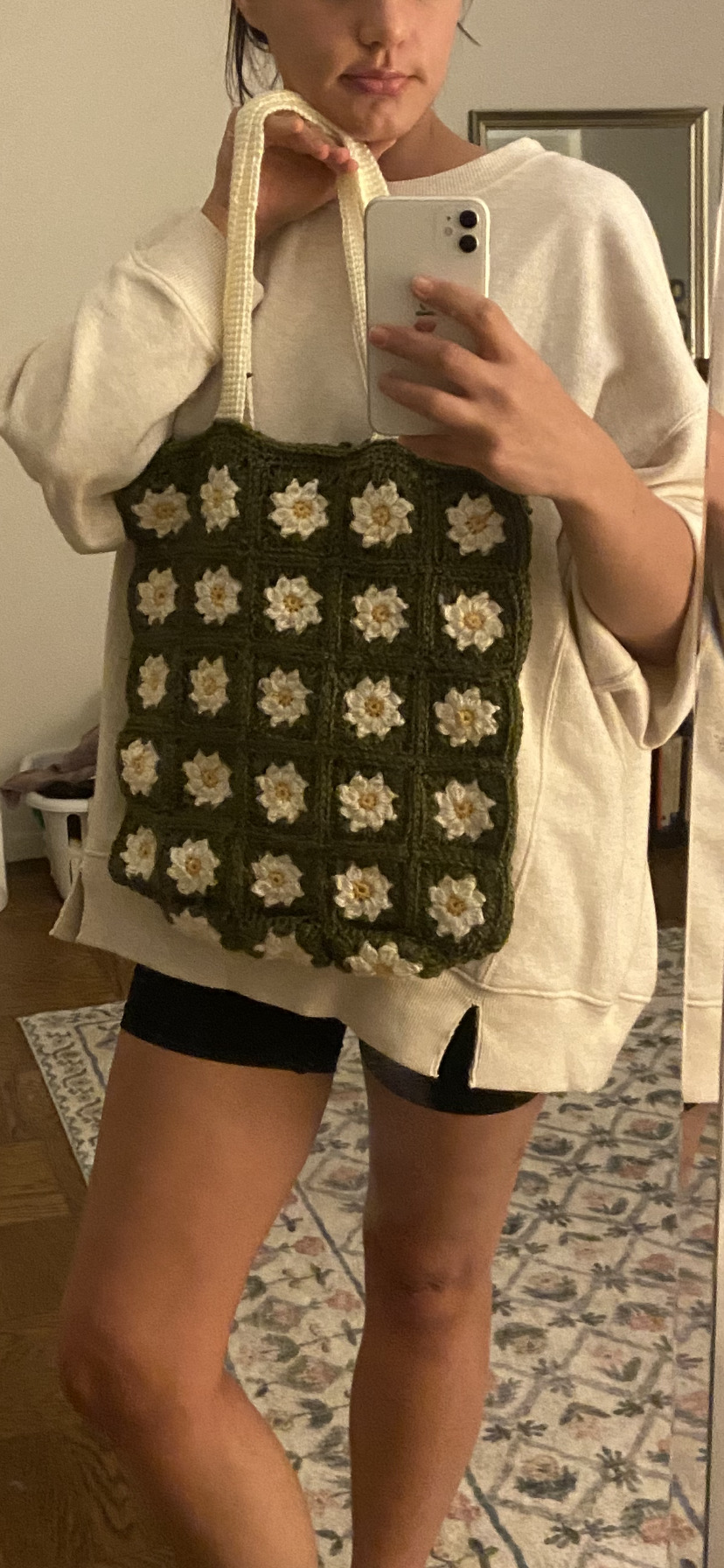
huge news. finally finished (if we pretend weaving in ends doesn't exist which i am) this bag!! it took. so long.
6 notes
·
View notes
Text
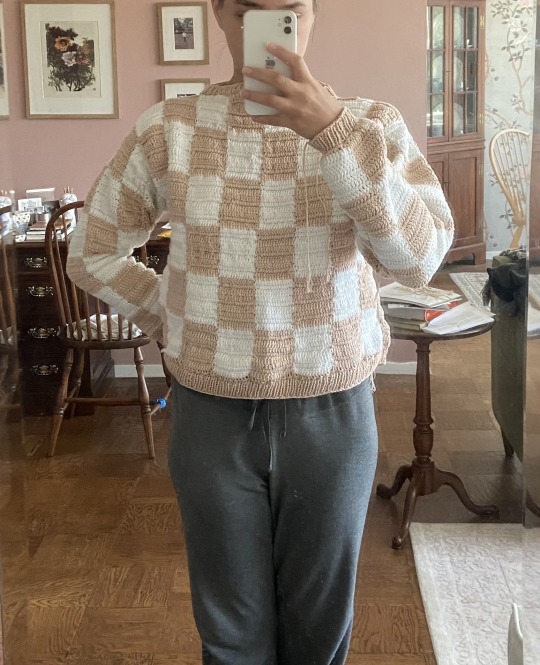
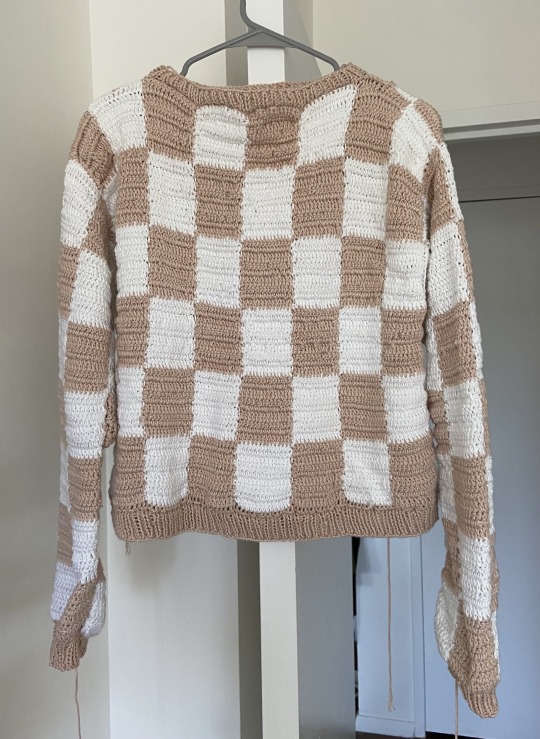
sent these pics to my grandma and figured i might as well #post here too. my sweater! the neckline SUCKS and i had to do so much bullshit with the sleeves because they were too small initially and i wasn't about to start them over but hey! it's a sweater! one can wear it! again. haven't weaved in the ends yet. assuming i'll do that someday. fingers crossed.
14 notes
·
View notes
Text
Sewing patterns provide a uniquely detailed look at the lives of working-class people throughout history that clothing collections held at museums or universities seldom offer. These patterns — flimsy packets of paper covered in shapes, numbers, and symbols — guide sewists through the process of making everything from sweatpants to wedding dresses. And through most of the 20th century, before manufacturers moved production to capitalize on cheap labor abroad, sewing at home was a way to have high-quality clothing for less money.
But scholarship around patterns and home sewing is still relatively underappreciated, often dismissed as women’s work or insignificant to fashion and art. The common pattern’s ubiquitousness only adds to its disposability — patterns were cheap to purchase and finicky to preserve and were never meant to last.
For the community of vintage sewing enthusiasts, an unassuming website maintained by the University of Rhode Island is a priceless and irreplaceable treasure. The Commercial Pattern Archive is one of the few projects in the world that safeguards these documents that are fragile, easily forgotten, and born to die. A labor of love and insistence on the part of a small team of historians, costume designers, archivists, and hobbyists, the archive began in the 1990s and includes a physical stash and digital database of English-language patterns unparalleled in its scope and depth. CoPA is home to around 56,000 physical patterns going back to the 1800s, along with books, pamphlets, journals, and other related material.
2K notes
·
View notes
Text


Princess Diana first wore the infamous black sheep sweater to a polo match in 1981. The designers of the sweater, Sally Muir and Joanna Osborne of the fashion label Warm and Wonderful, released a knitting pattern for the same sweater in McCalls in 1984 with the promise that, "Di loves it, You will too!"
A .pdf of the pattern can be found in the source for this post.
275 notes
·
View notes
Text
Different Plot/Story Structures
There are a lot of different plot structures that you can play around with when writing a story. This post is just providing some of the more common ones for you to know. While these structures are not to be adhered to completely, they can provide a good basis to get a story running and help keep it on track.
Freytag's Pyramid
Freytag's pyramid is one of the oldest and most well-known story structures. It consists of five acts: introduction, rising action, climax, falling action, and conclusion. Falling action and conclusion do not mean a decrease in intensity, but rather a shift in the plot or the stakes for the characters - aka surpassing "the point of no return." What works about this structure is its ability to heighten action in a story and introduce plot twists to make a story grip the reader.
Save the Cat
Save the Cat is a newer structure that was initially constructed for TV shows, but it works well in a larger story as well, regardless of medium. It breaks up the story into an A-plot and B-plot, shifting action between the two to balance intensity with moments for the action to cool down. Typically, the A-plot has higher stakes than the B-plot and is the main focus of the characters. What works about this structure is that it effectively utilizes side-plots to not just accompany, but enhance the main plot.
The Fichtean Curve
The Fichtean Curve is essentially a series of mini-stories that build up to a greater story, with the stakes elevating during each story. It's similar to a TV season that has several episodes, each one advancing the plot while providing a smaller story that keeps the excitement continuing. What works about the Fichtean Curve is the freedom to move non-linearly through plots, using perspectives of different characters, different settings, and different mini-plots to enhance the story.
Free-form
Free-form is exactly what it sounds like: letting your mind run free while writing your story, disregarding traditional story structures and trusting yourself. This doesn't work for everyone: in fact, I believe that almost all writers need at least a little bit of structure when writing. But mapping out a beginning and end, and letting yourself find your own path to connect the two is what works for some writers. Besides, you can always go back during editing and figure out the most efficient way to map the pieces together!
3K notes
·
View notes
Text


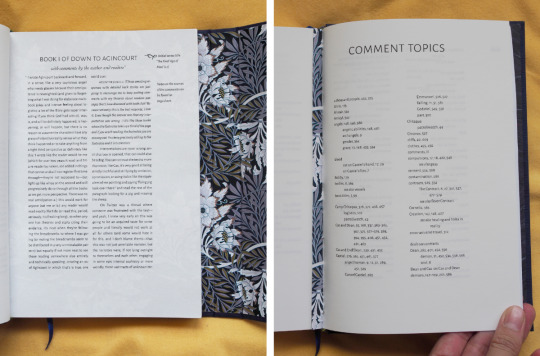
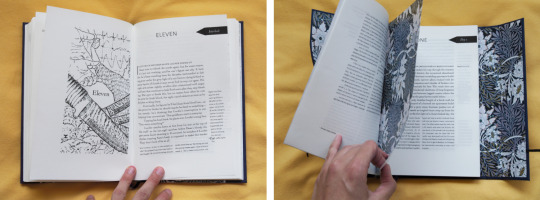

Map of the World by @seperis
[Click on the pictures for better resolution.]
I read Map for the first time last year, and a couple months later decided to already reread it. The first time around, you’re dropped into this story without knowing what’s going on in terms of either the character dynamics or the setting, and it’s like a puzzle you get to try to figure out. It’s delightful! The second time around, you start out with a lot more puzzle pieces at hand (but absolutely not all of them yet!) and you manage to connect so many more dots. (I swore to myself to not go overboard and still ended up with a ten-way colour-coding system with stickers and writing margin notes. More recently, I decided to read all the comments on the Map AO3 pages, and they are so much fun to read! So many readers have shared really insightful observations, and the author has written a lot of very interesting replies as well. But having to switch back and forth between the story and the comment section is a bit of a bother, and I sensed an interesting typographical challenge, and that’s how I found myself typesetting the fic again while adding foot- and margin notes to my heart’s content. The book ended up being so long though that I decided to split it into two parts :-)
As for the cover of the first half: Each of the DTA fics introduces you—and the main characters—to a new, larger part of the world. In Map, the focus lies on Cas’s cabin as the foundation for the relationship between the two main characters is laid, so Dean and the reader have to open the bead curtain together to get to that part of the story. If I ever get around to giving a similar treatment to the other fics in the series, the cover design would continue correspondingly: opening the gate to Chitaqua for Stars, entering Ichabod’s main square for Lights, and stepping through one of the paintings in the white room for Game.
[Typesetting and crafting notes under the cut]
Keep reading
775 notes
·
View notes
Video
Strawberry Shortcake & Lemon Meringue Cardigans by theycallmelash
73K notes
·
View notes
Text
WEBSITES FOR WRITERS {masterpost}
E.A. Deverell - FREE worksheets (characters, world building, narrator, etc.) and paid courses;
Hiveword - Helps to research any topic to write about (has other resources, too);
BetaBooks - Share your draft with your beta reader (can be more than one), and see where they stopped reading, their comments, etc.;
Charlotte Dillon - Research links;
Writing realistic injuries - The title is pretty self-explanatory: while writing about an injury, take a look at this useful website;
One Stop for Writers - You guys... this website has literally everything we need: a) Description thesaurus collection, b) Character builder, c) Story maps, d) Scene maps & timelines, e) World building surveys, f) Worksheets, f) Tutorials, and much more! Although it has a paid plan ($90/year | $50/6 months | $9/month), you can still get a 2-week FREE trial;
One Stop for Writers Roadmap - It has many tips for you, divided into three different topics: a) How to plan a story, b) How to write a story, c) How to revise a story. The best thing about this? It's FREE!
Story Structure Database - The Story Structure Database is an archive of books and movies, recording all their major plot points;
National Centre for Writing - FREE worksheets and writing courses. Has also paid courses;
Penguin Random House - Has some writing contests and great opportunities;
Crime Reads - Get inspired before writing a crime scene;
The Creative Academy for Writers - "Writers helping writers along every step of the path to publication." It's FREE and has ZOOM writing rooms;
Reedsy - "A trusted place to learn how to successfully publish your book" It has many tips, and tools (generators), contests, prompts lists, etc. FREE;
QueryTracker - Find agents for your books (personally, I've never used this before, but I thought I should feature it here);
Pacemaker - Track your goals (example: Write 50K words - then, everytime you write, you track the number of the words, and it will make a graphic for you with your progress). It's FREE but has a paid plan;
Save the Cat! - The blog of the most known storytelling method. You can find posts, sheets, a software (student discount - 70%), and other things;
I hope this is helpful for you!
(Also, check my blog if you want to!)
73K notes
·
View notes
Text

first attempt at jalapeño cheddar bagels. result: A-
#i used the bagel recipe from sallysbakingaddiction then just added some diced jalapeños and cheese to the dough as well as what's on top#came out pretty well!#next time i'm making the holes in the middle a little more pronounced maybe#food
0 notes
Text
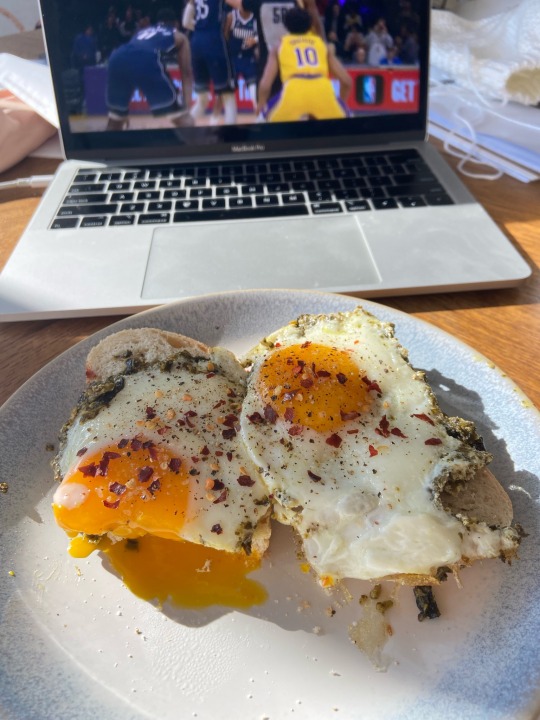
breakfast and basketball! today's breakfast is pesto fried eggs on toast plus coffee
0 notes


